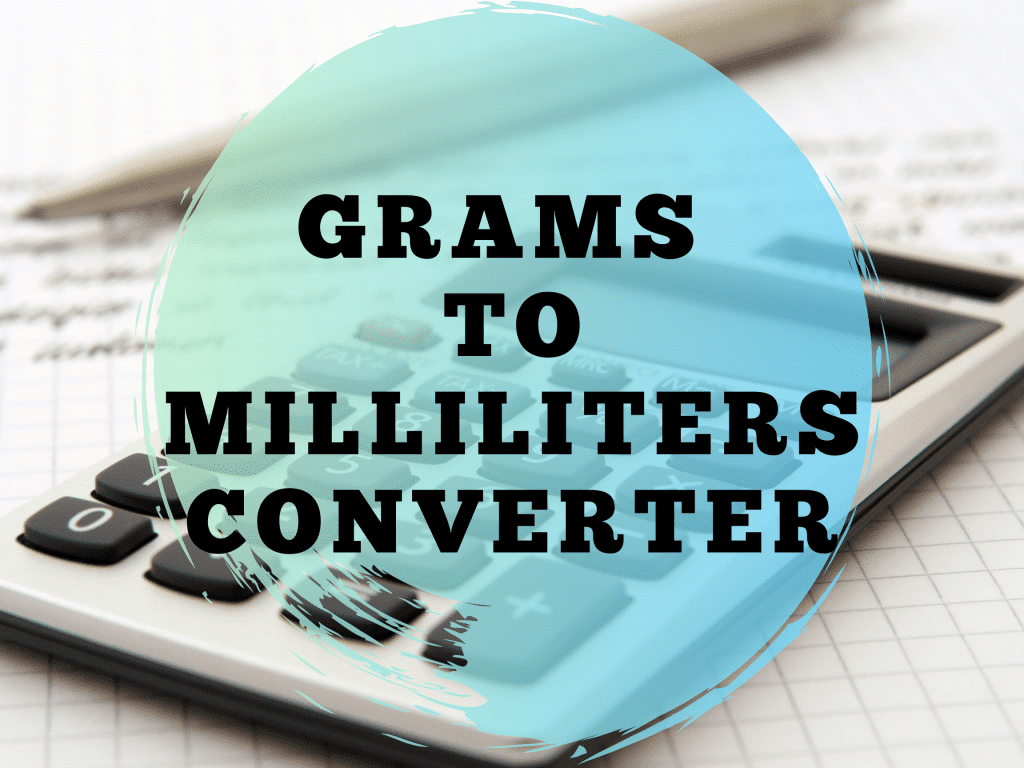1.3K
If you want to convert millilitres (ml) into grams (g), this is either very easy or more difficult depending on the liquid in question. This is because the density of the liquid plays the decisive role here.
Conversion of millilitres into grams
Converting millilitres to grams is generally very easy. This is because a simple formula can be used to calculate this directly.
- The connection between volume, i.e. litres, millilitres etc., and weight is established via the so-called density. Thus, the weight in grams can be calculated by multiplying the volume in millilitres by the density.
- For water, this conversion is very easy because the density of water is pretty much 1 g/ml. This means that the conversion is very simple. As an example, 100 ml of water corresponds directly to 100 g of water.
- Milk, for example, has a slightly higher density than water, so this simple conversion is no longer exact. As a rough approximation in the household, however, this is still fine.
- If you want to determine the density of a liquid, you have to weigh a certain volume. This means, for example, that you measure 100 ml of your liquid and then weigh it. You then divide the measured weight by the volume of 100 ml, which directly gives you the density.

